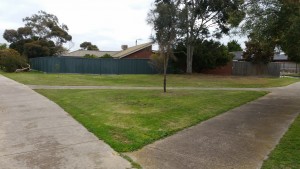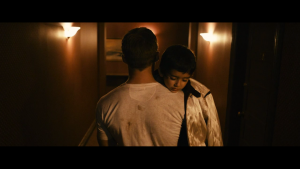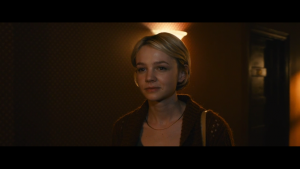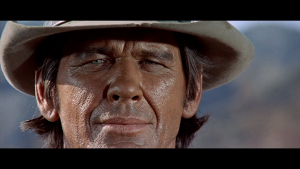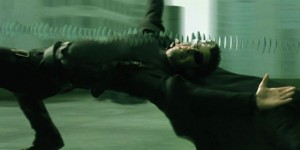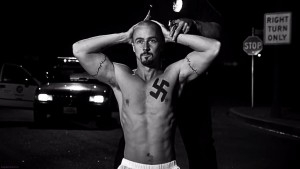OTF Reflection 9
I have begun putting together Project Brief 4 and editing the footage for Video 1: One Take Subjectivity. Filming it was not as difficult as I expected due to a few changes I decided on before shooting. I incorporated the first figure, which was my sister listening to music on her headphones as she walked, into the background of the shot to highlight my intentions of the project. She moves from the foreground to the background which visually informs the viewer what this video is attempting. It provides a cohesion to the scene and also adds a familiar element to the background of the friends’ conversation, inviting the audience to search the frame and pay attention the figures that are not the primary focus. I also changed the dog with another person for my sister to interact with as it easier for the viewer to see a back and forth between two human and because they have no dialogue, their friendship and the viewer’s understanding of it is based on body language. Also he was easier to work with than an animal.
I have begun recording ADR for the scene as well but so far it feels to sterile and fake but I will wait until I have all the audio recorded to decide whether or not to use it. I want the scene to feel real so the viewer feels like they are a part of the world, walking down path and seeing the people who inhabit it and it feel more immersive without the perfect audio quality of ADR.

